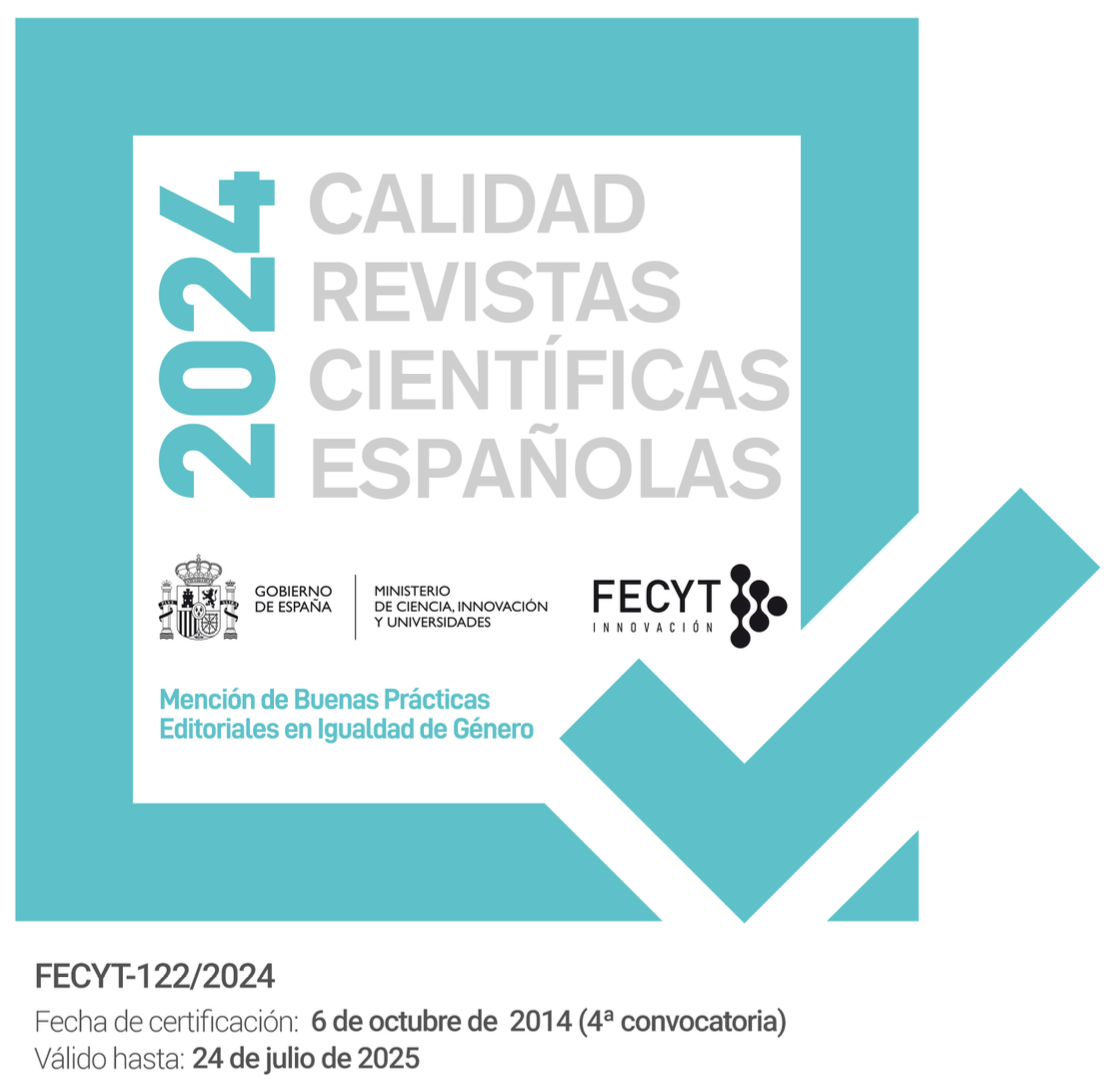Alliterative Metre and Medieval English Literary History
DOI:
https://doi.org/10.28914/Atlantis-2018-40.2.11Abstract
Book review articleDownloads
References
Blake, Norman. 1969. “Rhythmical Alliteration.” Modern Philology 67: 118-124.
Bliss, A.J. 1962. An Introduction to Old English Metre. Oxford: Basil Blackwell.
—. 1967. The Metre of Beowulf. Revised edition. Oxford: Basil Blackwell.
Cable, Thomas. 1988. “Middle English Meter and Its Theoretical Implications.” Yearbook of Langland Studies 2: 47-69.
Cornelius, Ian. 2017. Reconstructing Alliterative Verse: The Pursuit of a Medieval Meter. Cambridge: Cambridge UP.
Duggan, Hoyt N. 1986. “Alliterative Patterning as a Basis for Emendation in Middle English Alliterative Poetry.” Studies in the Age of Chaucer 8: 73-105.
—. 1988. “Final -e and the Rhythmic Structure of the B-verse in Middle English Alliterative Poetry.” Modern Philology 86: 119-145.
Duncan, Edwin. 1992. “The Middle English Bestiary: Missing Link in the Evolution of the Alliterative Long Line?” Studia Neophilologica 64: 25-33.
—. 1993. “Weak Stress and Poetic Constraints in Old English Verse.” Journal of English and Germanic Philology 92: 495-508.
Fulk, R.D. 1992. A History of Old English Meter. Philadelphia: U of Pennsylvania P.
—. 1996. “Inductive Methods in the Textual Criticism of Old English Verse.” Medievalia et Humanistica 23: 1-24.
—. 1997. “Textual Criticism.” In A Beowulf Handbook, edited by Robert E. Bjork and John D. Niles, 35-53. Lincoln: U of Nebraska P.
—. 2002. “Early Middle English Evidence for Old English Meter: Resolution in Poema morale.” Journal of Germanic Linguistics 14: 331-355.
—. 2004. “Old English Poetry and the Alliterative Revival: On Geoffrey Russom’s ‘The Evolution of Middle English Alliterative Meter.’” In Studies in the History of the English Language II: Unfolding Conversations, edited by Anne Curzan and Kimberly Emmons, 305-312. Berlin: Mouton de Gruyter.
—. 2007. “The Textual Criticism of Frederick Klaeber’s Beowulf.” In Constructing Nations, Reconstructing Myth: Essays in Honour of T.A. Shippey, edited by Andrew Wawn with Graham Johnson and John Walter, 132-153. Turnhout: Brepols.
—. 2012. An Introduction to Middle English: Grammar and Texts. Peterborough, ON: Broadview Press.
—. 2018. A Comparative Grammar of the Early Germanic Languages. Amsterdam and Philadelphia: John Benjamins.
Fulk, R.D., Robert E. Bjork and John D. Niles, eds. 2008. Klaeber’s Beowulf and the Fight at Finnsburg. Toronto: U of Toronto P.
Glowka, Arthur Wayne. 1984. “Prosodic Decorum in Layamon’s Brut.” Poetica 18: 40-53.
Hayes, Bruce. 1983. “A Grid-based Theory of English Meter.” Linguistic Inquiry 14: 357-393.
Kaluza, Max. 1896. “Zur Betonungs- und Verslehre des Altenglischen.” In Festschrift zum siebzigsten Geburtstage Oskar Schade, 101-134. Königsberg: Hartung.
Neidorf, Leonard. 2016. “Metrical Criteria for the Emendation of Old English Poetic Texts.” In Old English Philology: Studies in Honour of R.D. Fulk, edited by Leonard Neidorf, Rafael J. Pascual and Tom Shippey, 52-68. Cambridge: D.S. Brewer.
Neidorf, Leonard and Rafael J. Pascual. 2014. “The Language of Beowulf and the Conditioning of Kaluza’s Law.” Neophilologus 98: 657-673.
Pascual, Rafael J. 2013-2014. “Three-position Verses and the Metrical Practice of the Beowulf Poet.” SELIM. Journal of the Spanish Society for Medieval English Language and Literature 20: 49-79.
—. 2014. “Ælfric’s Rhythmical Prose and the Study of Old English Metre.” English Studies 95: 803-823.
—. 2017a. “Manuscript Evidence and Metrical Authenticity: A Response to Seiichi Suzuki.” Journal of Germanic Linguistics 29: 85-99.
—. 2017b. “Oral Tradition and the History of English Alliterative Verse.” Studia Neophilologica 89: 250-260.
—. Forthcoming. “Bliss’s Rule and Old English Metrics.” ANQ: A Quarterly Journal of Short Articles, Notes and Reviews.
Russom, Geoffrey. 1987. Old English Meter and Linguistic Theory. Cambridge: Cambridge UP.
—. 2004. “The Evolution of Middle English Alliterative Meter.” In Studies in the History of the English Language II: Unfolding Conversations, edited by Anne Curzan and Kimberly Emmons, 279-304. Berlin: Mouton de Gruyter.
Sievers, Eduard. 1885. “Zur Rhythmik des germanischen Alliterationsverses.” Beiträge zur Geschichte der deutschen Sprache und Literatur 10: 209-314, 451-545.
—. 1893. Altgermanische Metrik. Halle: Max Niemeyer.
Terasawa, Jun. 2011. Old English Metre: An Introduction. Toronto: U of Toronto P.
—. 2016. “The Suppression of the Subjunctive in Beowulf: A Metrical Explanation.” In Old English Philology: Studies in Honour of R.D. Fulk, edited by Leonard Neidorf, Rafael J. Pascual and Tom Shippey, 69-81. Cambridge: D. S. Brewer.
Tolkien, J.R.R. 1950. “Prefatory Remarks on Prose Translations of Beowulf.” In Beowulf and The Fight at Finnsburg: A Translation into Modern English Prose, with an Introduction and Notes, by John R. Clark Hall, xxviii–xliii. New edition revised by C.L. Wrenn. London: George Allen & Unwin.
Tolkien, J.R.R. and E.V. Gordon, eds. 1967. Sir Gawain and the Green Knight. Second edition revised by Norman Davis. Oxford: Clarendon.
Weiskott, Eric. 2016. English Alliterative Verse: Poetic Tradition and Literary History. Cambridge: Cambridge UP.
Yakovlev, Nicolay. 2008. “The Development of Alliterative Metre from Old to Middle English.” DPhil diss., University of Oxford.








